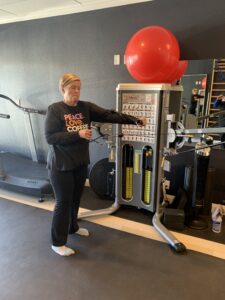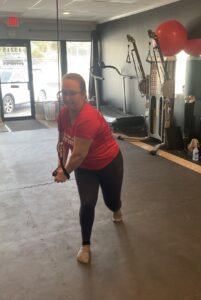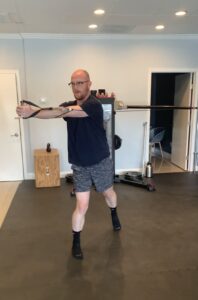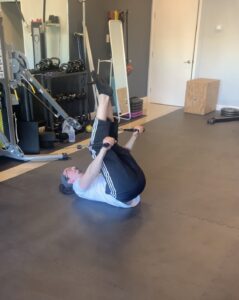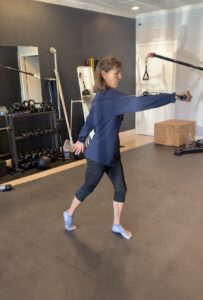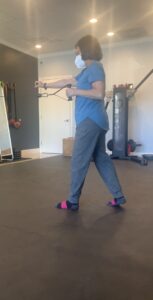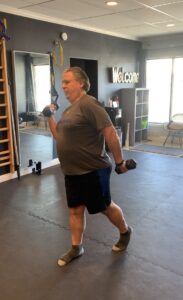It’s unfortunate that so many surgeons push surgery to correct injuries and pain brought on by mechanical dysfunction. Surgeons are crucial for emergency surgery, but when it comes to addressing bone malformations, joint replacements, spinal fusions, etc., they fix the joint at fault but don’t take into account what led the joint to get to that point in the first place, or how that newly fixed joint is going to mesh back into movement with the rest of the structure. Sometimes surgery fixes the issue you’re complaining about but creates another one.
Sometimes surgery is the only option, but if you’re like us and want to prevent surgery or approach rehabilitation from a non surgical route, then your training should address what is causing the problem. Exercise no longer has to be exercise to lose weight or sculpt a ripped physique. The right kind of exercise can provide rehabilitation to old injuries, while simultaneously building muscle where your body needs it, to prevent future injuries!
Don’t get trapped in the mindset that you need to exercise to lose weight (that’s mostly influenced by your dietary habits anyway) and then because you’re dealing with pain or suffering from an injury, you need to carve out more time to go to physical therapy. As mentioned, the evolved way of exercising takes into account therapy that the body needs to mitigate pain and injuries while you exercise.
But exercise can’t be performed the way you’ve always trained, or the way you see most others exercising or being trained, because those same exercises are likely leading to worse mechanics that cause your body to be more prone to injuries and deal with aches and pains. Exercise needs to be pinpointed to simultaneously build the strength and muscle you desire, to support your body, without causing poor movement patterns that lead the body to pain and injury that require surgery.
Circle back to why you need surgery in the first place, and what options you have to heal. Surgeons are always going to look at the problem and what surgery can do to fix it, occasionally you’ll get sent to physical therapy, but usually it only delays surgery or the surgeon will only see surgery as the only option to fix the issue. We want you to know, there are likely other options to fix the issue. Because sometimes the issue you complain about, isn’t the underlying issue. Sometimes it goes deeper than having knee pain and you need a new joint. Sometimes building a strong core and glutes will help support your pelvis better and influence the movement of force in the knee joint. Sometimes building a strong upper body will help your lower body move better, leading to less stress on the knee joint. Sometimes it’s a combination of things that improve the health of your knee joint. We work to get to the bottom of what your body needs to improve your overall health and function.
If you’re on the fence about surgery to fix an issue, you might want to consider the recovery from that. Using the knee for example, if the issue is with weak glutes or a weak upper body, surgery magically gives you a new knee joint, but if you don’t address the weakness in your body, in a few years you’ll be back in the same predicament. Your new joint will take the same force that your real joint used to take on because the rest of your body wasn’t built up to support your movements.
We are the only personal training studio in San Antonio that trains this way. We don’t like to call ourselves personal trainers because we get lumped in the category with the rest of the industry’s trainers. We are Functional Patterns Human Biomechanics Specialists. If you’re not familiar with Functional Patterns, look it up. It’s what sets us apart form the rest of the trainers out there and it’s the way we conduct our training sessions- to improve the current body you have, naturally and non invasively. For obvious reason we don’t display the corrective exercises that rehab your body, what you see on our website and social media is a tip of the iceberg of what we do. We only showcase the dynamic exercises that reinforce the corrective exercises we do behind the scenes.
Sure, it will take time, but with the work we put your body through, the results will last over time and not offer temporarily relief, but relief that is here to stay! Come find out more about our style of training and why it’s changing the fitness and rehab industry.







